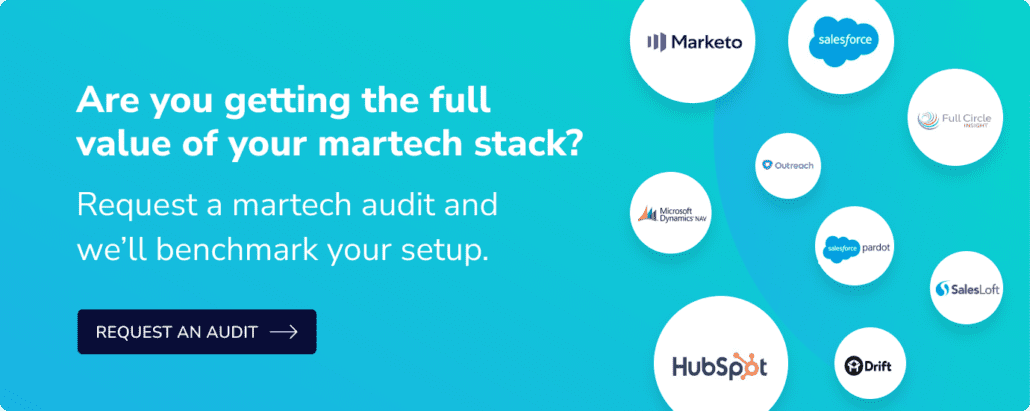A successful AI integration strategy for organizations begins with a clear understanding of both internal and external perceptions. Internally, it’s essential to address employee concerns about job displacement, lack of understanding, or skepticism through transparent communication, targeted education, and by demonstrating how AI can support—rather than replace—their roles. Externally, organizations must evaluate how customers, partners, and the broader market perceive AI, factoring in readiness for AI-driven services, data privacy expectations, ethical considerations, and potential brand impact. By aligning both internal and external perspectives, organizations can craft a more strategic and effective AI integration strategy that builds trust and minimizes resistance.
You won’t convince your team without trying the technology out first. So, start small and use it for personal use. Document the use case and how it helped you. Then you can roll one tool out to internal teams and encourage them to start small as well.
To convince skeptical managers to adopt AI, require them to prove that AI cannot help them achieve efficiency. For example, lets say a Manager requests more headcount, have them first make a case by proving to you (CEO) that they (Manager) cannot do the job they are seeking headcount for with AI. The Manger should do this first, before you (CEO) will approve a request for additional staff. If they can prove that AI cannot help them be more efficient, then you will discuss headcount with them.
Build your ROI case: Efficiency of AI tools as it relates to their outcome.
>>Related: Our Favorite Digital Tools for Common Marketing Use Cases<<
Step 1: Pinpoint Inefficiencies
First, document where your business processes are inefficient. A quick way to do this is to ask each team member to identify and document areas needing improvement. Compile their findings to get a comprehensive view.
Example: I have no time to create blog posts or content for my organization! We need a writer on staff.
Step 2: Select the Right AI Tool
Next, identify AI tools that specifically address the problems identified. Then try them out, and select a solution that directly addresses the inefficiencies and that helps you (or the team), be for more efficient.
Step 3: Designate AI Champions
Appoint an AI champion within your organization. A champion should focus on one AI tool. Their role includes learning the tool inside and out, documenting their experiences, and developing use cases and a prompt library. The champion should choose a tool that streamlines time-consuming tasks.
Example: One of our team members noted that creating custom documentation for each client takes a considerable amount of time. How can she streamline this deliverable using an AI tool? She selected Scribe, before rolling it out to her team, she used it herself, mastered it and then educated her team on how to use it. The entire team adopted it and is saving countless hours across the organization.
Step 4: Address Skepticism
Expect skepticism and address it proactively. Understand the specific concerns of your team members and provide clear, honest responses to address their concerns.
Step 5: Knowledge Sharing and Training
Hold regular knowledge-sharing sessions led by the AI champions. Educate the team on each step of the AI integration process, gradually overcoming resistance and facilitating adoption.
Ultimately, successful AI integration requires a multifaceted approach that addresses both the practical aspects of tool implementation and the crucial human element of perception and skepticism.
By identifying inefficiencies, selecting appropriate AI tools, empowering internal champions, and fostering a culture of continuous learning and open communication, organizations can strategically leverage AI to drive efficiency, build trust, and achieve transformative outcomes.





